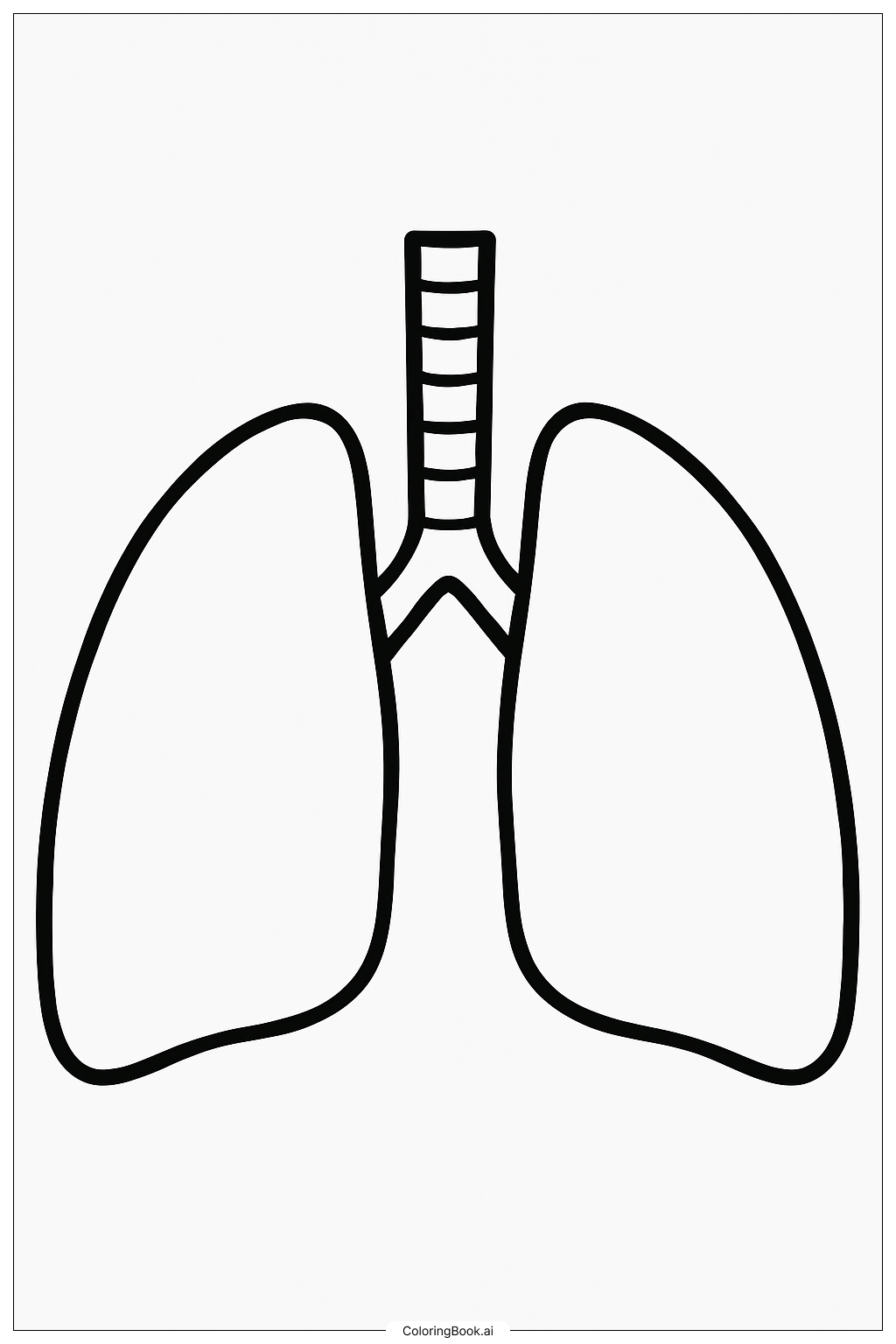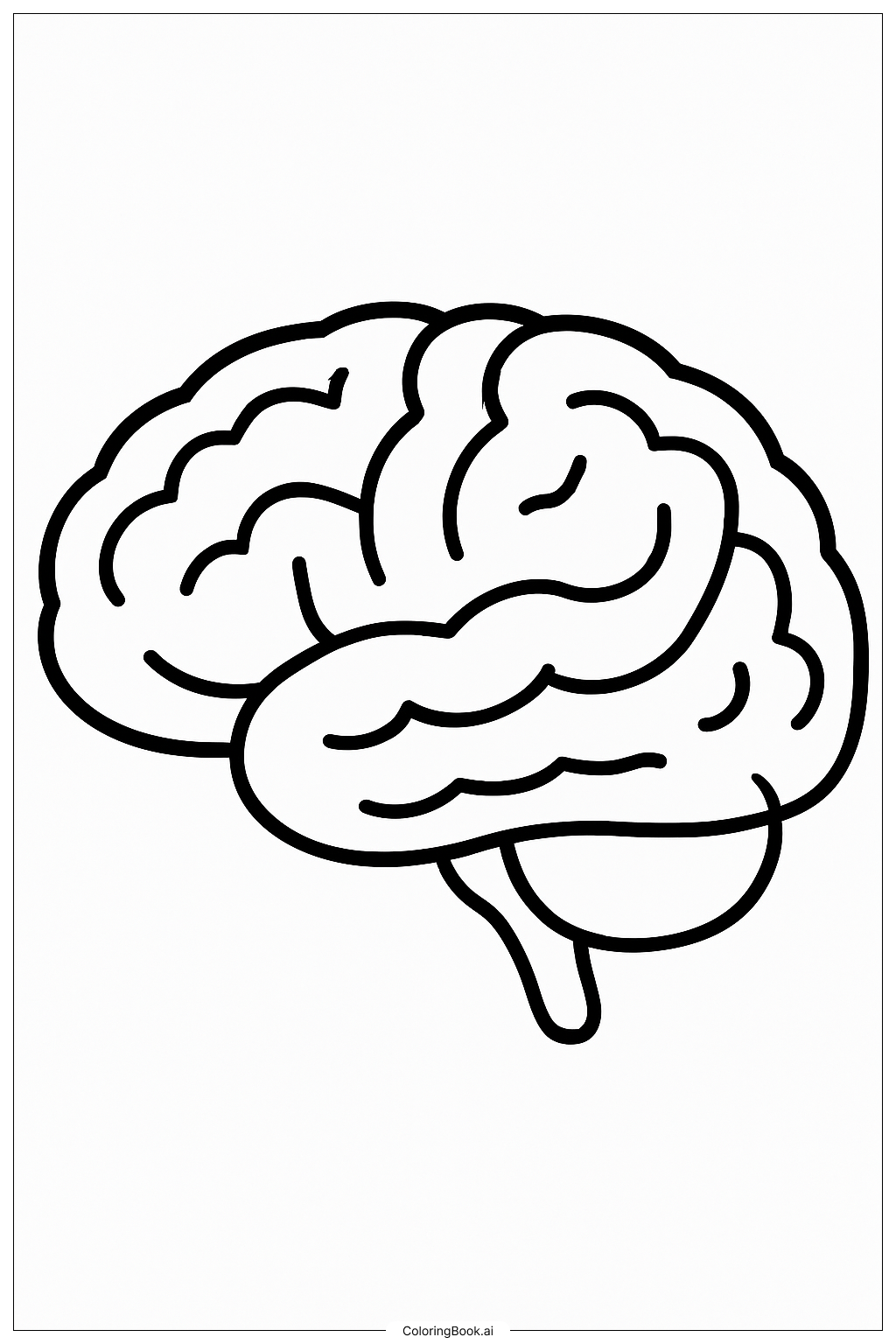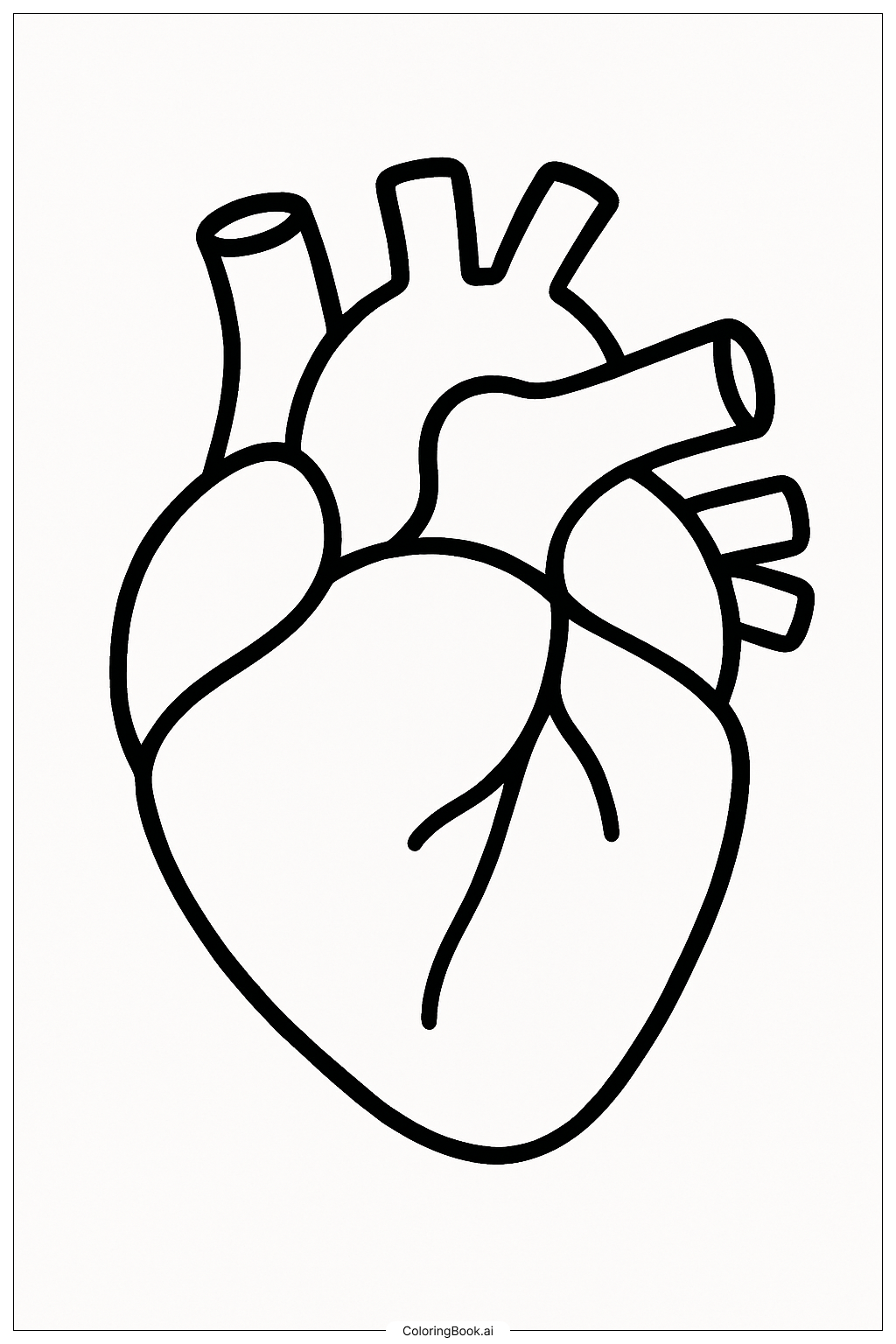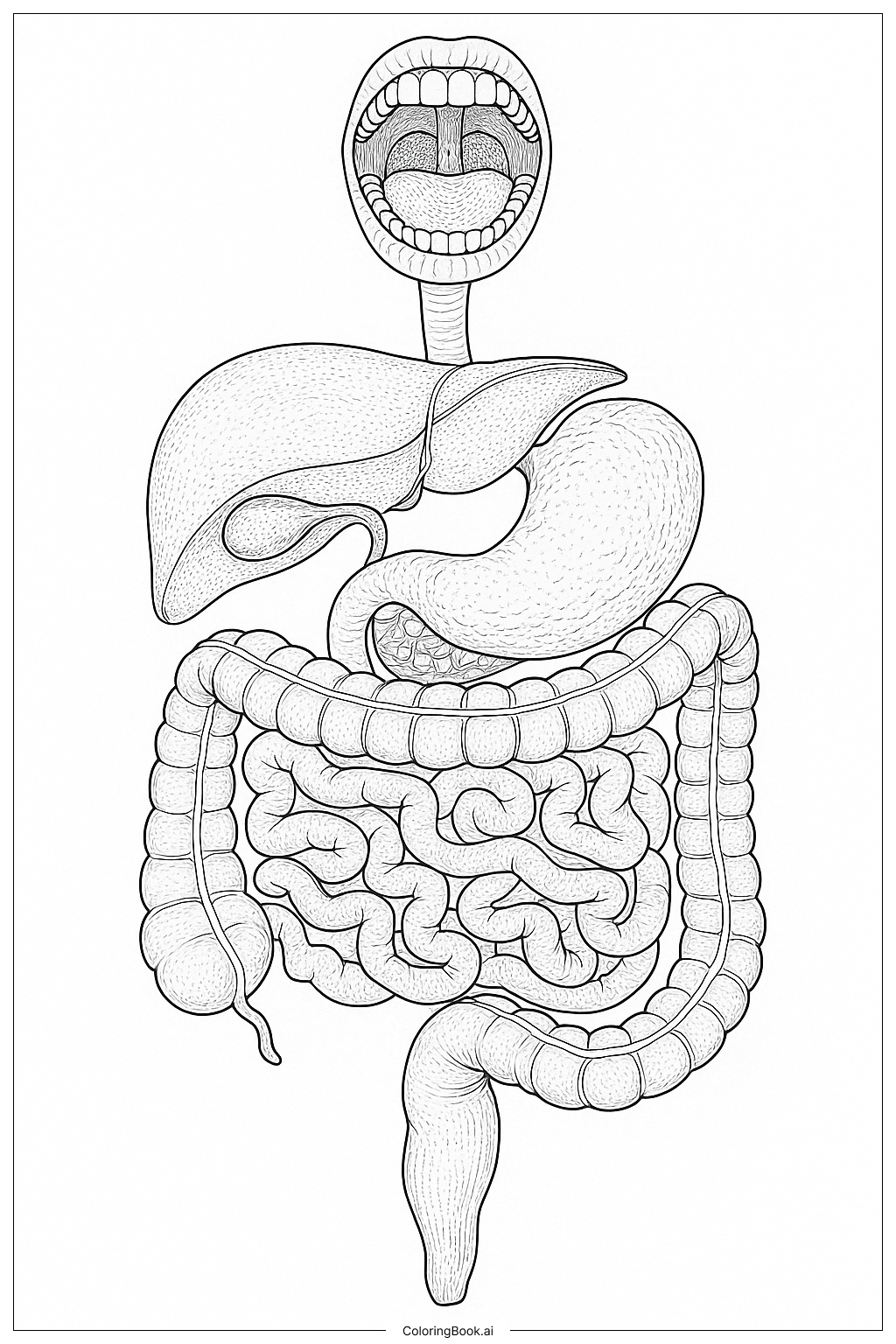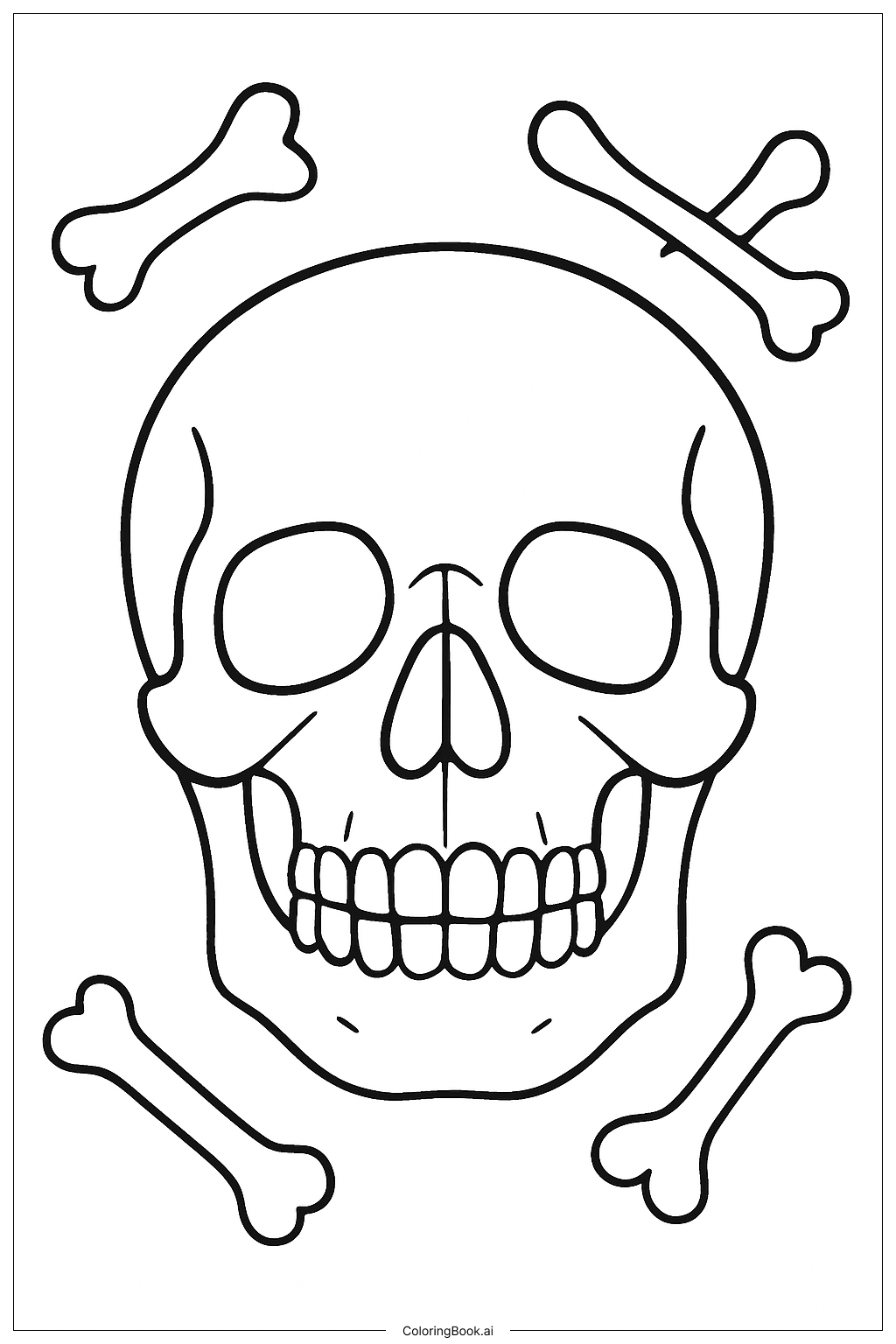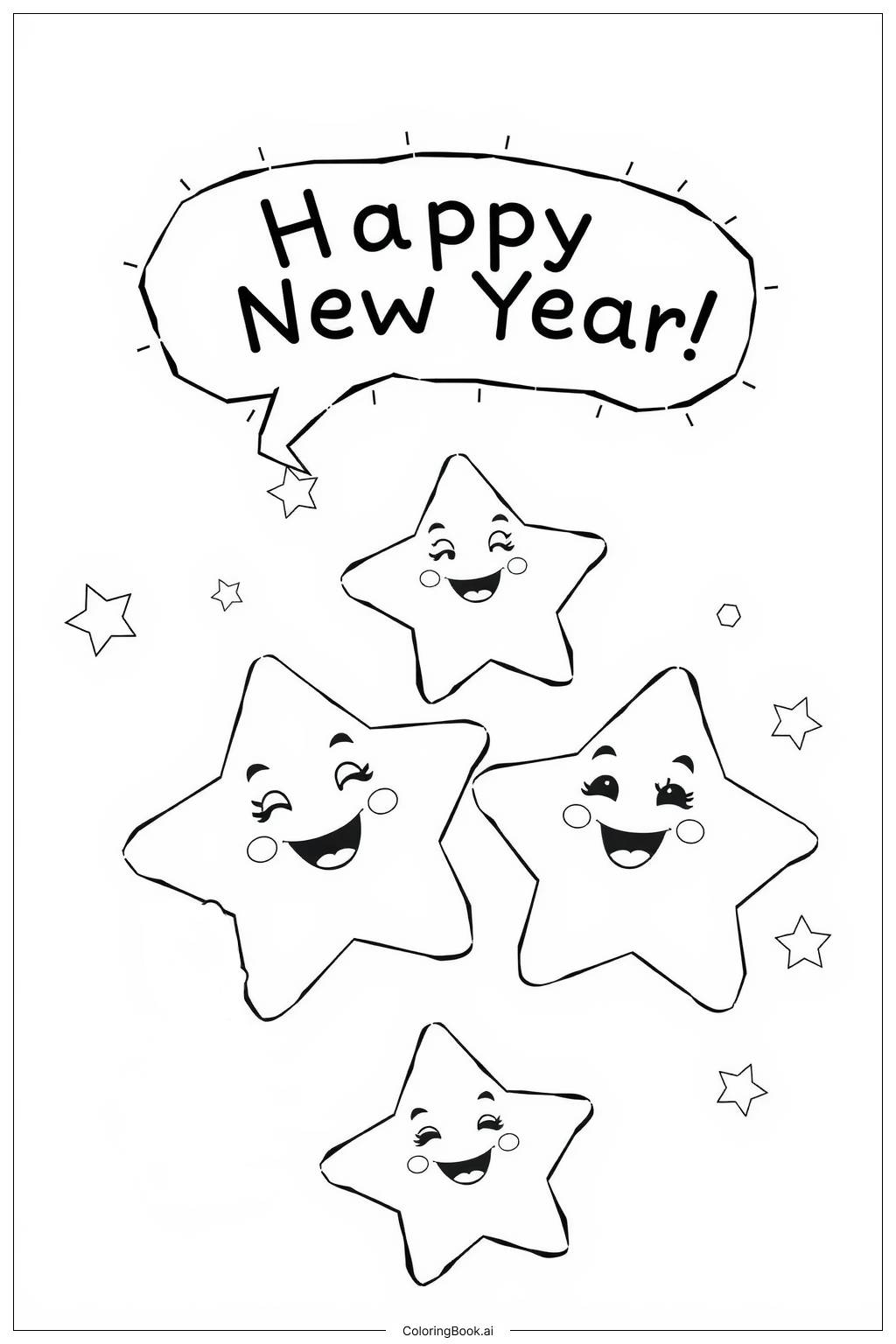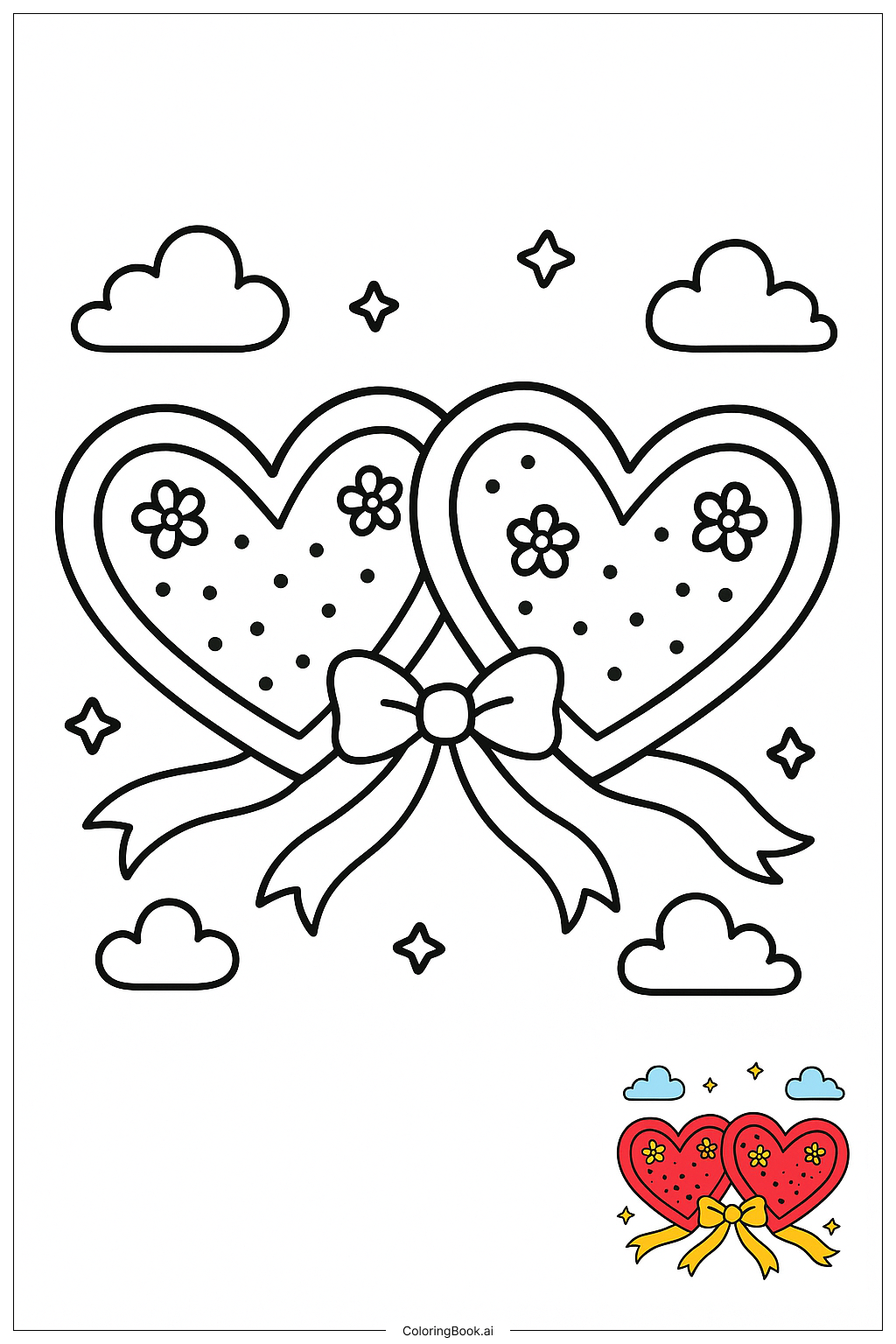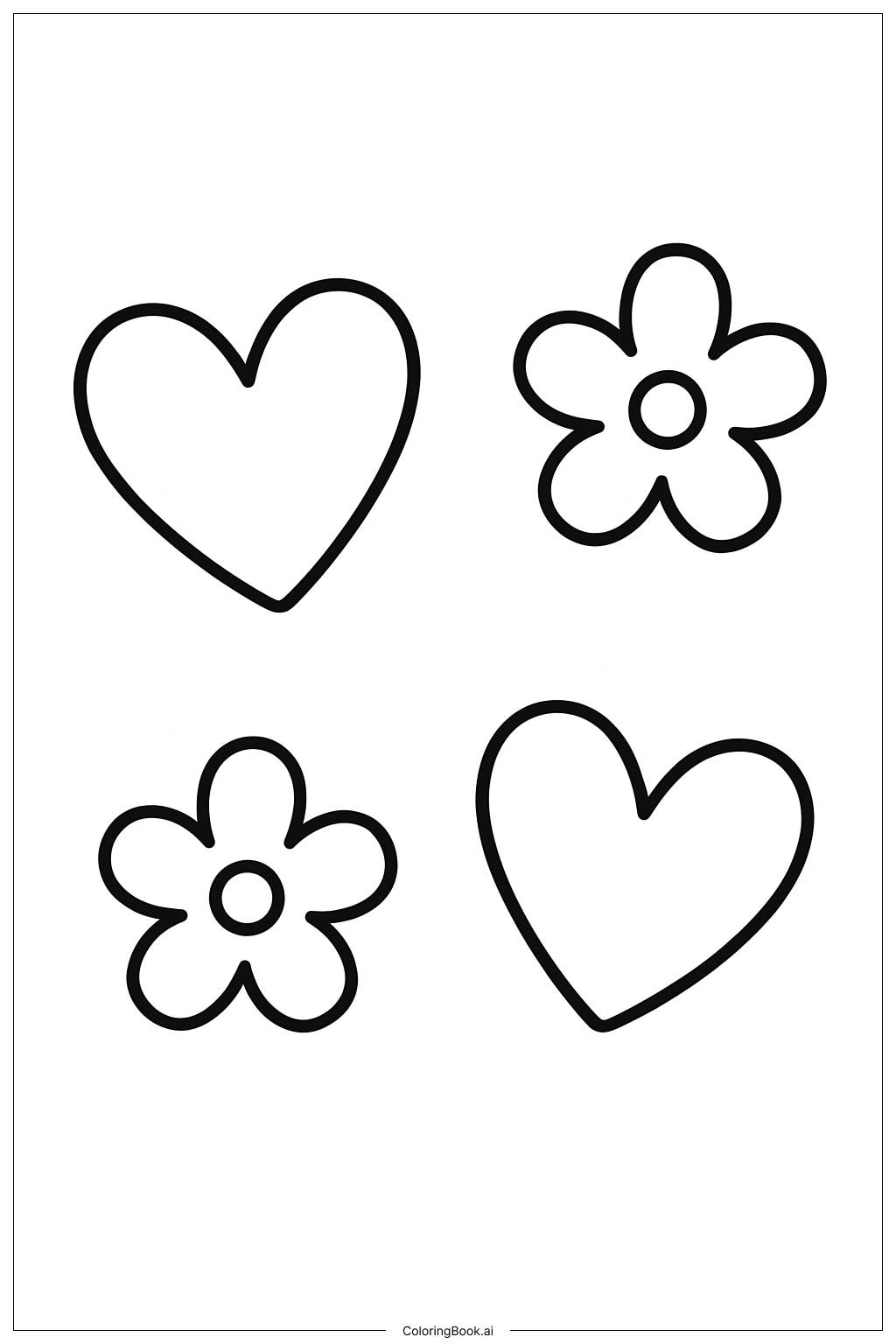Coloring tips: How to color Basic Lungs Anatomy coloring page well?
When coloring this picture, you can use light pink or light red colors to fill the lungs, as real lungs have a soft pink color. The trachea can be colored in light beige or pale yellow to represent its natural look. Try using different shades to show the texture or parts of the lungs. Use crayons or colored pencils for better control, especially around the edges. You may also add blue or light purple to the surrounding areas to represent oxygen exchange or blood vessels. Don't forget to color evenly and gently, staying within the lines for neat results.
Coloring challenges: Which parts are difficult to color and need attention for Basic Lungs Anatomy coloring page?
1. The lung shapes have smooth curves which may be tricky for young children to fill without going outside the borders.
2. The narrow space in the trachea and its branches can be difficult to color precisely.
3. Keeping the colors light and natural while showing different parts might be challenging for beginners.
4. Balancing the use of different colors to make the image look clear but not too messy requires some skill.
5. Staying consistent with coloring pressure to avoid darker spots and uneven color might be hard for younger kids.
Benefits of coloring books: Advantages of drawing Basic Lungs Anatomy coloring page
Coloring this lungs anatomy page helps children learn about the human body in a fun way. It improves their hand-eye coordination and fine motor skills through careful coloring. The activity also encourages creativity as kids choose colors and think about how the lungs work. Furthermore, it can help build focus and patience while they color inside the lines. Learning about important organs like the lungs early on supports curiosity and basic science knowledge. Overall, it blends education with play, making it a valuable activity for young learners.
